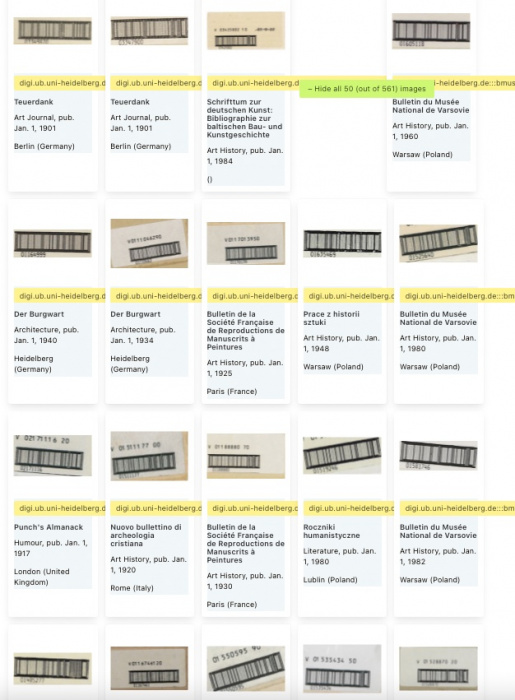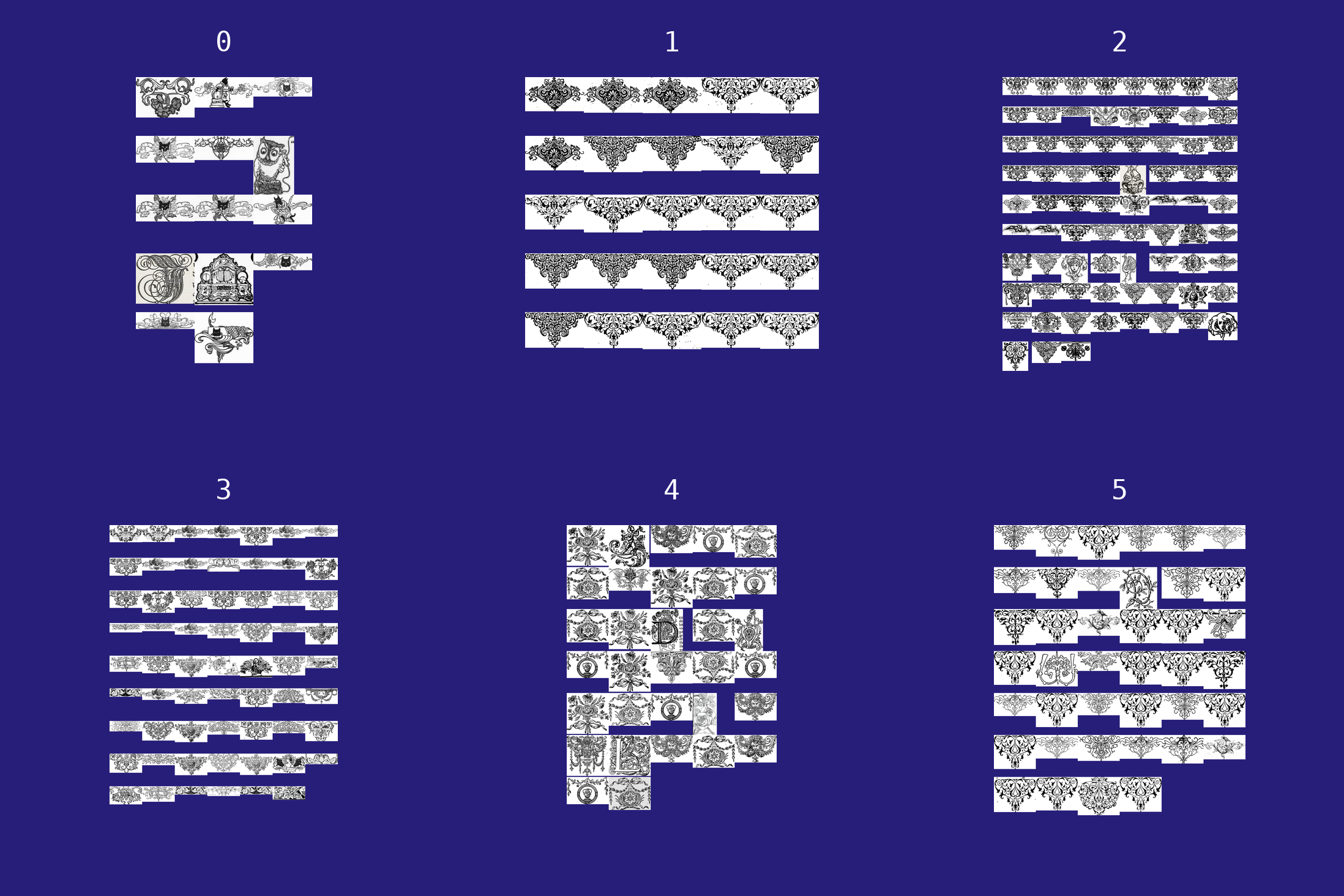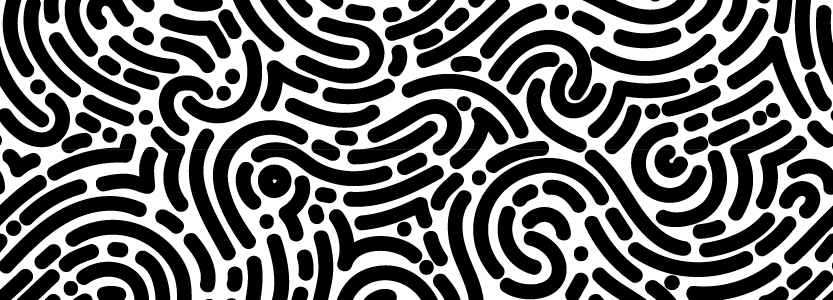Our First Results
Béatrice Joyeux-Prunel & Nicola Carboni
Clones by the thousand
Let's start by observing the clusters of images reported by the machine.

--
An example of a cluster formed by the same image repeated 1105 times in every issue of the periodical L'Avenir illustré.
--
Explore, the platform that displays them to us, produces numerous clusters of identical images - clone packets - that often do not interest us.
The least interesting, but most numerous, are the marks left on the printed material by archivists, librarians and other managers of our sources in their paper versions.
Not interesting? Well...
Stamps, ratings, barcodes, it is a short history of conservation that they tell. And this history is worldwide.
From the stamp to the library label bearing a classification code, then to the barcode attached to journals, the perpetual struggle of the heritage conservation professions against the destruction of time, against chaos and disorder, is told in the background.

--
The barcodes are the most international and permanent group of images in our periodical corpus. They are evidence of the transition to digital cataloguing of journals, long before their digitization.

--
Many copies are stamped - the stamp of the Heidelberg Library, the National Library... A subliminal message for potential library thieves!
Here, the globalization of archives and libraries is in fact taking shape.
At least we find in these sources the traces of the practices of the most equipped institutions, practices developed from generation to generation and of which the digitization of periodicals is one of the outcomes. Without these international practices, without these shared formats, these complete collections, these available data, the Visual Contagions project could not even have been imagined.
Visual Contagions is as much a product of the globalisation of images as it is a study of its premises.
Our project depends on the globalisation that it claims to study.

These numerous colored grids, brought back by the machine, are the remains of the process of digitizing a document. They serve as reference points, "abacuses" of sorts, used to calculate the colors and the real dimensions of the object.
Before we go any further in the observation of our data, we have to face the facts: the globalization of images in print was above all that of formats.
Among the most widespread images in our printed corpus, the machine brings us heabands, initials, "cul-de-lamp" ornaments, logos and advertisements in excessive numbers.
These images were often published in a single city and in a single press over a fairly long period of time. At first sight, therefore, they are not what interests a globalization specialist. Yet they have also made visual globalization. They have created a general visual context, shared by the producers of illustrated magazines; a visual panorama that is relatively homogeneous depending on whether it is a more intellectual magazine or a press with a large circulation.
The layouts all look the same; the formats are similar.
The text predominates; the image gradually takes over, first in black and white, then gradually in color.
--



